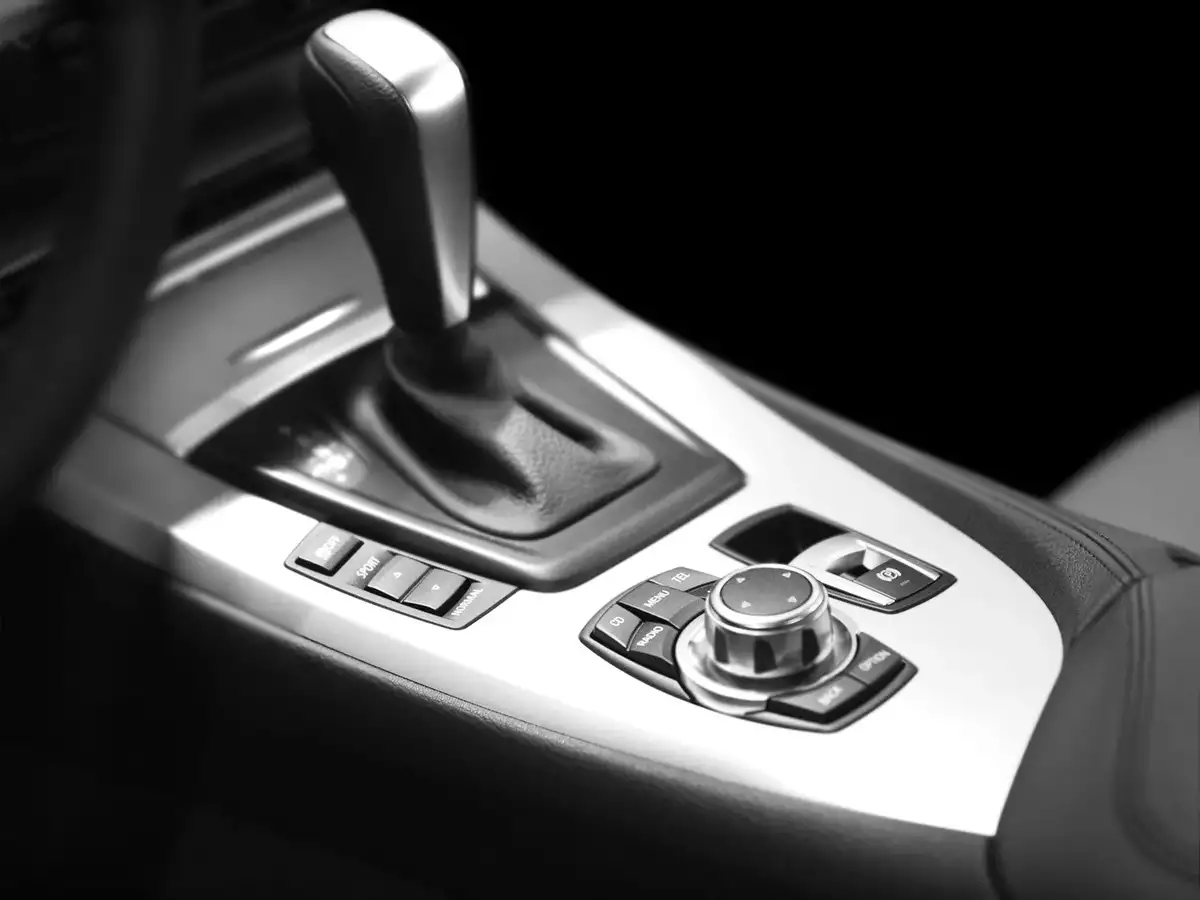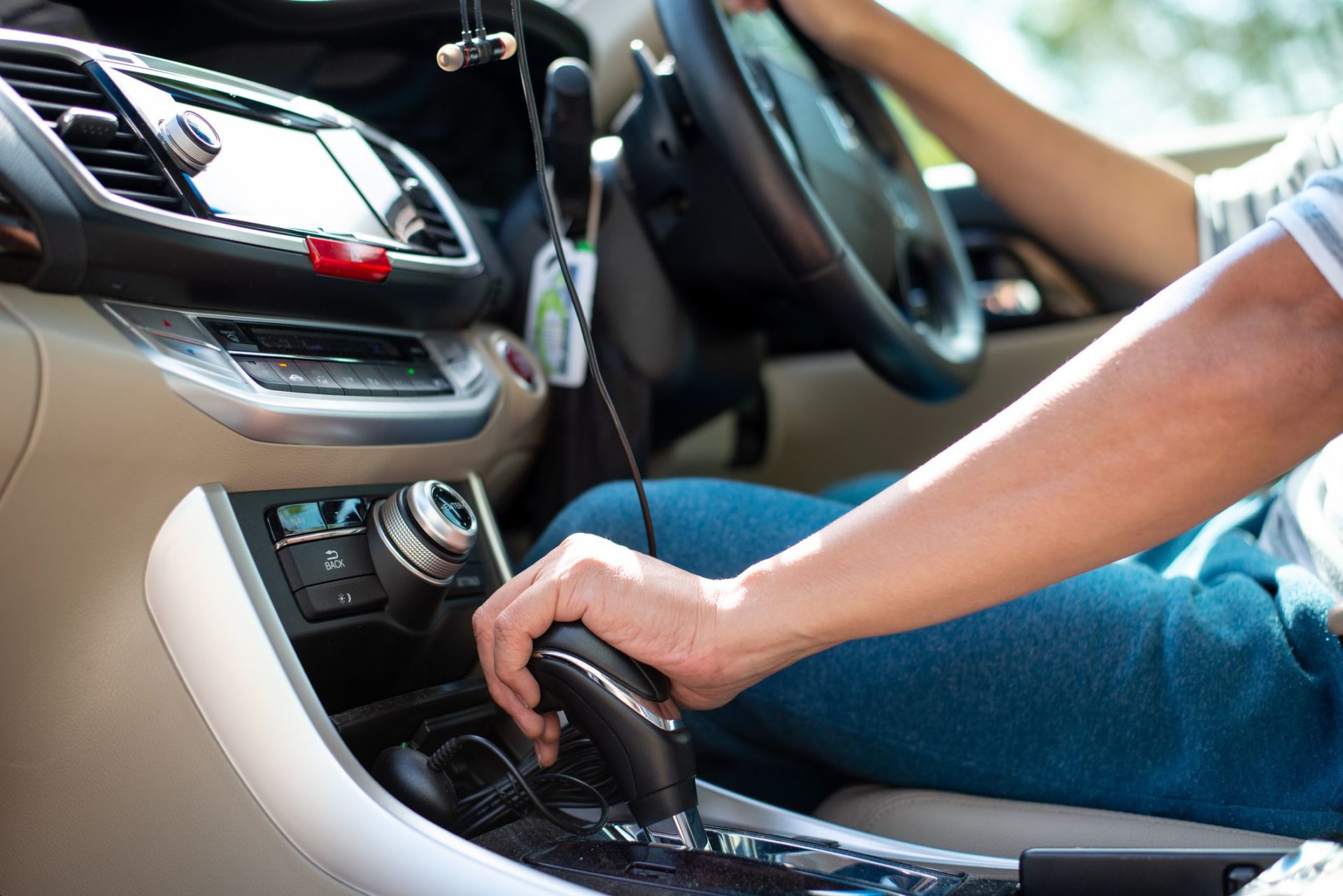What really defines the personality of a car? Is it the aggressive growl of the engine, the sleek curves of the body, or the tech-laden dashboard that greets you on ignition? While all these play their part, the true conductor of your driving symphony is often overlooked—the transmission. It’s the unsung hero, seamlessly orchestrating power delivery, acceleration, and control. Think of it as the translator between your car’s engine and wheels, deciding how raw horsepower is transformed into smooth, controlled motion. Choose wisely, and your vehicle becomes a responsive partner on the road. Choose poorly, and every drive may feel like a compromise.
Whether you’re chasing performance, fuel efficiency, or sheer driving pleasure, the type of transmission you select shapes your entire experience behind the wheel. In today’s market, three primary transmission types dominate the landscape: Manual, Automatic, and the increasingly popular Dual-Clutch Transmission (DCT). Each has its unique engineering DNA, performance characteristics, and ideal use cases.
This article is your roadmap to understanding how each gearbox variant works, their advantages and drawbacks, and how they align with different driving styles and expectations. We’ll dive deep into the timeless charm of manuals, the ease and intelligence of automatics, and the lightning-fast precision of DCTs. By the end, you’ll know exactly which transmission type fits your performance goals, and why it matters more than you think.
The Classic Connection: Manual Transmissions
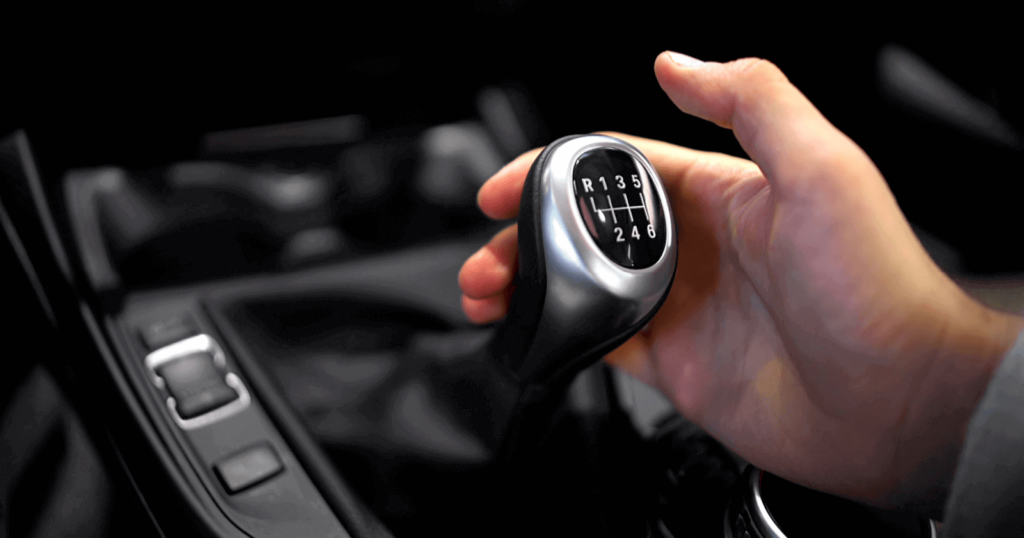
Few automotive experiences rival the tactile satisfaction of perfectly timing a gear change. For purists and performance buffs, manual transmissions remain the gold standard of driving engagement. But what makes the stick shift such an enduring piece of automotive lore?
A manual transmission is the most mechanically direct way to control a vehicle’s power delivery. It consists of a clutch pedal, a gear shifter, and a complex arrangement of gears that require manual input to operate. The driver presses the clutch to disconnect the engine from the transmission, selects the appropriate gear using the shift lever, and releases the clutch to re-engage the drivetrain.
What sets manuals apart is this: you, the driver, are in complete control. There’s no computer calling the shots—just your own rhythm and responsiveness.
Performance Benefits of Manual Transmissions
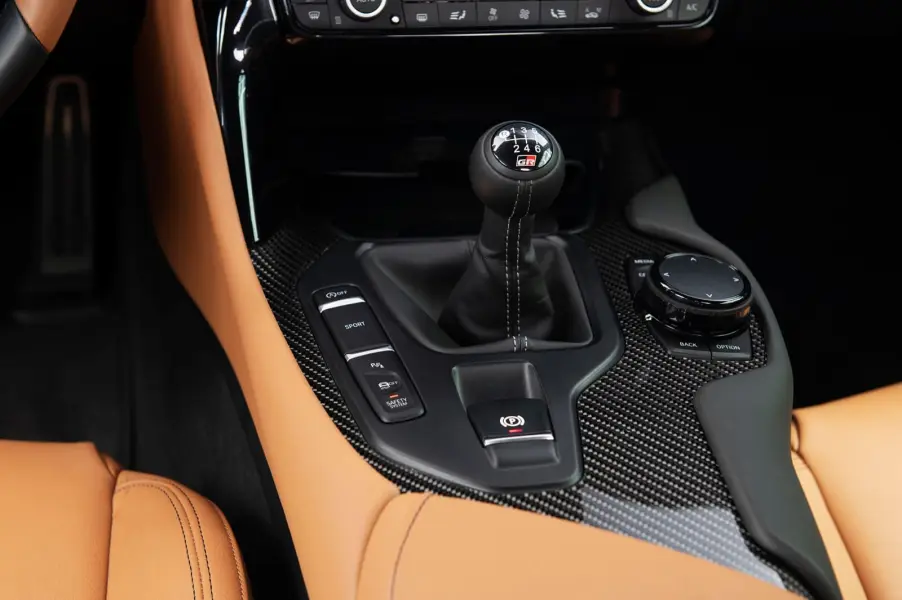
Driver Engagement and Control
Manuals are all about intimacy between car and driver. You choose when to shift, how aggressively to accelerate, and when to downshift for maximum torque or control. It’s a hands-on, ears-open experience. From heel-toe downshifting to riding the torque curve, the manual transmission transforms every trip into a dialogue with the machine.
Weight Advantage
Historically, manuals were significantly lighter than automatics due to simpler mechanical design and fewer components. This contributed to improved handling and fuel economy. While the weight gap has narrowed thanks to modern automatic technologies, manuals often retain a slight edge in lightweight, performance-focused vehicles.
Lower Initial Cost (Often)
In many cases, vehicles equipped with a manual transmission come at a lower base price than their automatic counterparts. Fewer components and simpler engineering often translate to savings at the dealership.
Potential for Better Fuel Economy (in some situations)
Because the driver can control the gear selection and engine RPM, it’s possible to optimize fuel usage better than a conventional automatic. In experienced hands, a manual gearbox can lead to more efficient highway cruising and reduced fuel consumption.
Engine Braking
A standout perk of manuals is engine braking—the ability to downshift and let engine resistance help slow the vehicle. This not only gives the driver finer control on descents or in performance driving but also reduces wear on the brake system.
Performance Drawbacks of Manual Transmissions
Slower Acceleration (for less skilled drivers)
A well-tuned automatic or DCT can shift with lightning speed and robotic precision—faster than even the most seasoned driver. Mistimed shifts, missed gears, or riding the clutch can lead to slower 0–60 times and performance gaps.
Driver Fatigue in Traffic

Daily commuting in heavy traffic with a manual can be a test of patience—and calf strength. Constant clutch work in stop-and-go traffic can lead to fatigue and frustration, especially on longer drives or urban grids.
Learning Curve
Operating a manual transmission well isn’t something you pick up overnight. There’s a steep learning curve that includes mastering clutch engagement, gear timing, and hill starts. For new drivers, this can be daunting.
Best Suited For:
- Automotive Enthusiasts who live for the feel of every gear change.
- Drivers in low-traffic or rural areas where stop-and-go isn’t the norm.
- Performance seekers who want a visceral, connected experience—especially on twisty backroads or race tracks.
Modern Manuals: Staying Relevant
The manual transmission hasn’t remained frozen in time. Some modern sports cars feature rev-matching technology—automatically blipping the throttle during downshifts to match engine and wheel speed, making the experience smoother and more forgiving for drivers still mastering the skill. These advancements preserve the joy of shifting while modernizing its accessibility.
The Convenience King: Automatic Transmissions

If the manual transmission is the classic vinyl record of the automotive world—authentic, hands-on, and timeless—then the automatic transmission is your premium streaming service: smart, seamless, and built for everyday ease. Long considered the domain of laid-back drivers and city commuters, today’s automatic transmissions have evolved into sophisticated systems capable of delivering both comfort and high performance.
At its core, an automatic transmission is a self-shifting system that automatically selects the most appropriate gear ratio without driver input. It accomplishes this through a combination of key components:
- Torque Converter: Replaces the manual clutch and smoothly transfers engine power to the transmission.
- Planetary Gear Sets: Provide a wide range of gear ratios within a compact configuration.
- Valve Body: Channels hydraulic fluid to engage gears based on speed and throttle input.
- Electronic Control Unit (ECU): The brain of the operation, constantly monitoring driving conditions and managing gear shifts for optimal performance.
This fully automated approach makes driving as easy as pressing the gas and brake pedals—no gear shifting required.
Types of Automatic Transmissions
Traditional Torque Converter Automatics
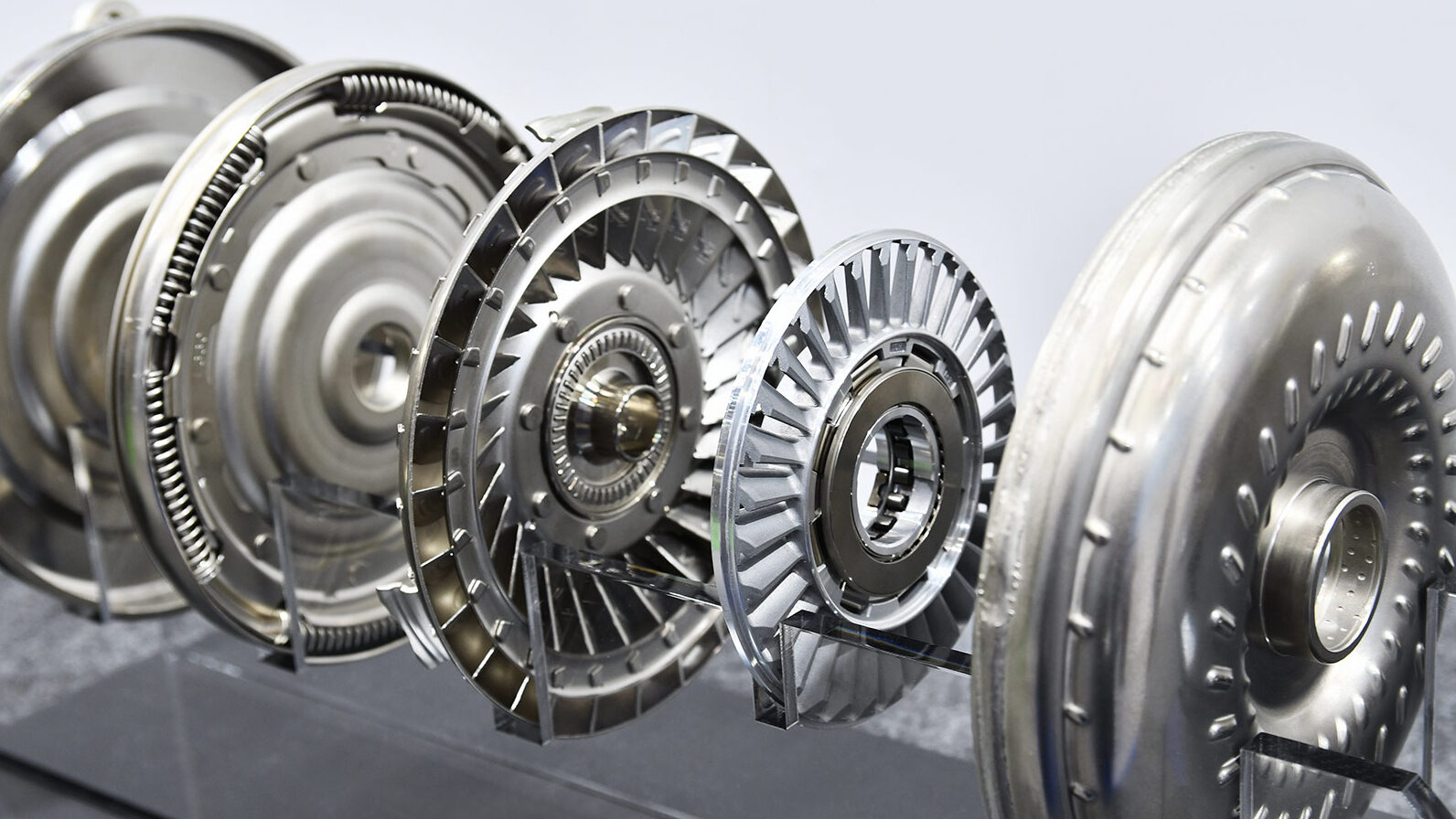
These are the most common automatic systems found in everything from economy sedans to luxury SUVs. The torque converter enables smooth starts by allowing slippage between the engine and transmission during low-speed acceleration. Over the years, traditional automatics have evolved dramatically:
- More Gears: Modern automatics can have 8, 9, or even 10 forward gears, allowing for smoother shifts and better fuel efficiency.
- Lock-Up Clutches: Help minimize power loss by mechanically linking the engine and transmission at cruising speeds, boosting efficiency.
Performance Benefits
- Smooth and Effortless Driving: Transitions between gears are practically imperceptible, delivering a relaxed, fluid ride—especially in urban traffic.
- Consistent Acceleration: Electronic control systems ensure gear changes are timed for optimal speed and efficiency, often rivaling skilled manual drivers.
- Reduced Driver Fatigue: No clutch pedal, no shifting—just focus on the road ahead.
- Improved Fuel Efficiency: Thanks to added gears and smart shifting logic, many modern automatics deliver impressive MPG ratings.
Performance Drawbacks
- Less Direct Driver Feel: Torque converters introduce a degree of separation between engine and wheels, softening the visceral connection found in manuals.
- Potential for Gear “Hunting”: In hilly terrain or inconsistent throttle input, the transmission might shift frequently or hesitate to find the right gear.
Power Loss (minimized in modern designs): Although greatly improved, the inherent slippage in torque converters can slightly reduce mechanical efficiency.
Continuously Variable Transmissions (CVTs)

CVTs take a radically different approach. Instead of distinct gears, they use a system of belts and pulleys to provide a continuously adjustable gear ratio. This allows the engine to remain in its ideal power band regardless of speed.
Performance Benefits
- Optimal Fuel Efficiency: By maintaining the engine at its most efficient RPM, CVTs can outperform both manuals and traditional automatics in fuel economy.
- Smooth, Seamless Acceleration: With no gear shifts, acceleration feels linear and uninterrupted.
Performance Drawbacks
- “Rubber Band” Feel: Because of how power is delivered, the RPMs may climb rapidly while vehicle speed lags behind—a sensation some drivers find odd or disconnected.
- Less Engaging: The lack of shift points can make the drive feel numb for enthusiasts seeking a dynamic experience.
- Not Common in High-Performance Cars: While improving, CVTs still struggle to match the responsiveness and durability demanded by sports car platforms.
Best Suited For
- Drivers who prioritize comfort and convenience over performance theatrics.
- Urban commuters navigating heavy stop-and-go traffic.
- Fuel-conscious drivers looking to maximize MPG without sacrificing ease of use.
The Best of Both Worlds? Dual-Clutch Transmissions (DCTs)
Straddling the line between raw performance and smart automation is the Dual-Clutch Transmission—a marvel of modern engineering that aims to offer the best of both manuals and automatics.
A DCT employs two separate clutches—one for odd-numbered gears and one for even. This design allows the next gear to be pre-selected while the current one is still engaged, enabling gear changes to happen in milliseconds. There’s no torque converter here; instead, DCTs use electronically controlled clutch packs for a direct and rapid transfer of power.
Performance Benefits of Dual-Clutch Transmissions
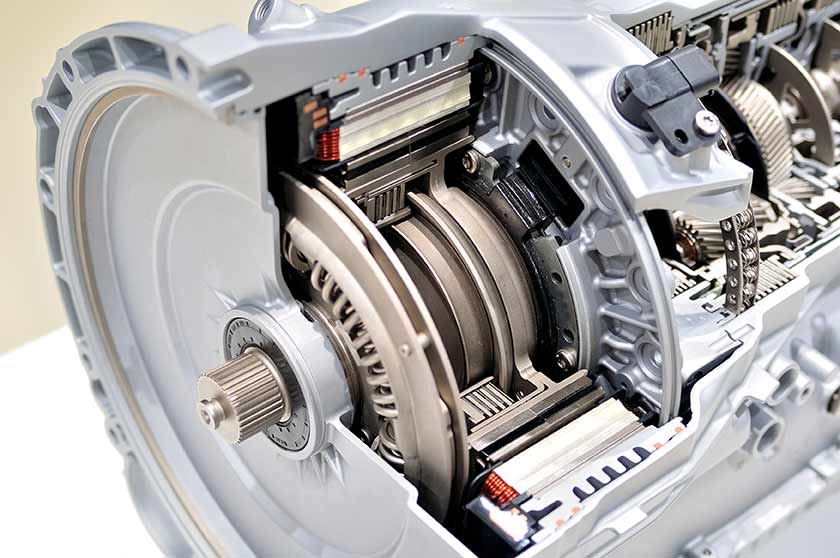
- Lightning-Fast Gear Changes: The hallmark of DCTs is their incredible shift speed. With the next gear already queued up, shifts happen faster than any human could manage—perfect for performance driving or high-speed cornering.
- Direct Driver Feel (in Manual Mode): With paddle shifters or manual mode, DCTs allow for hands-on control without sacrificing precision. While it’s not the same as a clutch pedal, the immediacy of gear changes delivers a highly satisfying experience.
- Combines Efficiency and Performance: DCTs optimize shift timing and engine load, which means they often deliver excellent fuel economy and brisk acceleration. For sporty daily drivers or high-end sports cars, this balance is invaluable.
- Smooth Operation (in Automatic Mode): In everyday driving, a well-tuned DCT feels just as refined as a traditional automatic, with quick, nearly imperceptible shifts.
Performance Drawbacks of Dual-Clutch Transmissions
- Can Feel Jerky at Low Speeds: Some DCTs struggle in stop-and-go conditions, where the smoothness of a torque converter automatic would be preferred. Start-stop scenarios can lead to minor hesitation or shuddering.
- Higher Initial Cost: DCT-equipped models are often positioned as performance upgrades, adding to the sticker price.
- Potential for Higher Maintenance Costs: Due to their complexity, repairs and service on DCTs can be more expensive and require specialized knowledge.
- Less Driver Involvement Than a True Manual: While DCTs simulate manual shifting, the lack of a physical clutch pedal and the reliance on electronic systems remove some of the emotional connection enthusiasts crave.
Best Suited For
- Drivers seeking performance-oriented daily driving with smooth automatic functionality.
- Track-day warriors who want split-second shifts without mastering a manual.
Choosing Your Gearbox Guru: Factors to Consider

With so many transmission options available, how do you determine the best fit for your driving needs and lifestyle? The key lies in aligning the technology with your personal priorities. Here’s what to keep in mind:
Driving Style
Are you a hands-on enthusiast who lives for the feel of shifting through gears, or do you value a smooth, effortless cruise from point A to B? Manual transmissions deliver raw engagement, while automatics and DCTs cater to those seeking precision or comfort. For those who thrive on performance, a DCT might strike the perfect balance.
Driving Environment
Do you spend your days crawling through bumper-to-bumper traffic, or are you carving canyons and coasting down highways? In urban areas, automatics or CVTs will ease the daily grind. For open-road driving or weekend getaways, a manual might reignite your love of the drive.
Vehicle Type and Purpose
Your transmission choice should also reflect your vehicle’s mission. A compact city car may benefit from a CVT’s efficiency, while a high-performance coupe demands the rapid fire of a DCT. If you’re piloting a workhorse truck, traditional automatics remain the dependable standard.
Budget
Manuals often carry a lower upfront cost and can be more affordable to maintain—if you know how to handle a clutch. Automatics and DCTs may increase purchase price and maintenance complexity, but the trade-off is often smoother, smarter performance.
Personal Preference
Some drivers find nothing more satisfying than a crisp gear change. Others want their car to think for them. Ultimately, the best gearbox is the one that feels right in your hands—and under your feet.
Test Driving is Crucial
Specifications can only tell you so much. The real revelation comes when you get behind the wheel. Don’t just read about it—feel it. Experience how each transmission responds in real-world conditions before making your decision.
The Future of Transmissions and Performance
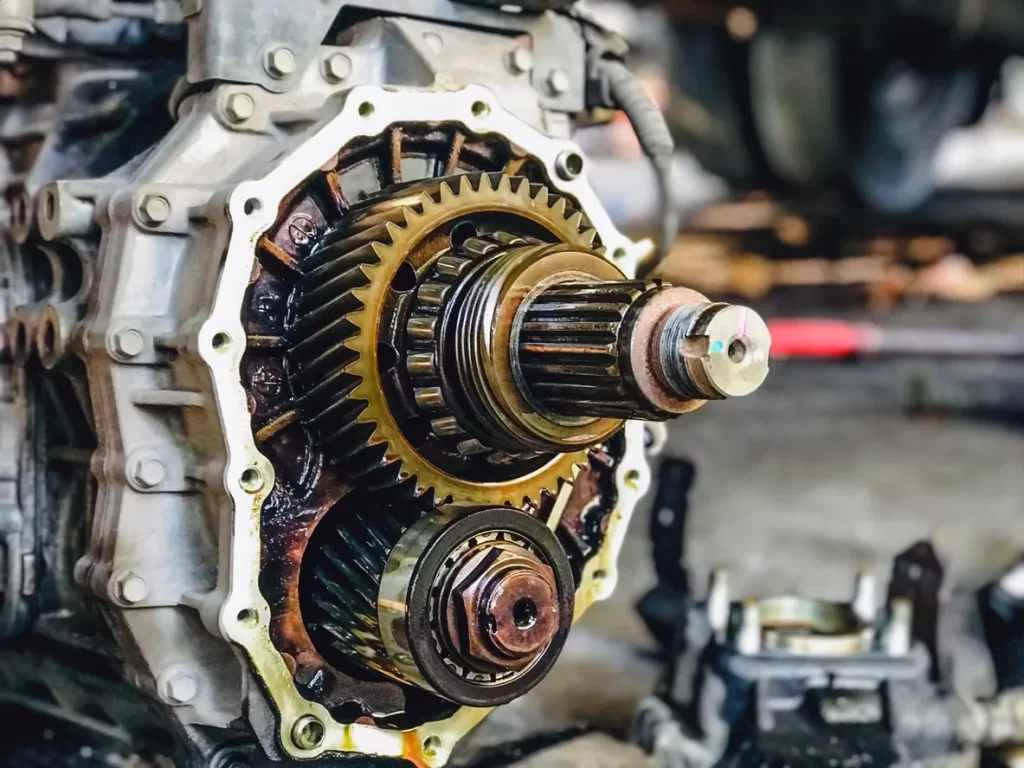
As the auto industry accelerates toward an electrified future, the role of the transmission is transforming. Electric vehicles (EVs) often use single-speed transmissions, thanks to the broad torque range of electric motors, though multi-speed solutions are emerging for performance EVs to enhance acceleration and efficiency.
Meanwhile, dual-clutch systems are being refined for smoother engagement and wider applicability beyond sports cars. We may even see AI-powered shift logic and adaptive transmission maps tailored to individual driving habits. One thing remains constant: the evolution of transmission technology is guided by the pursuit of greater efficiency, lightning-fast performance, and enhanced driver experience.
Conclusion
Whether you’re shifting gears yourself or letting the car do the thinking, your choice of transmission profoundly shapes your drive. Manuals offer tactile control and timeless fun, automatics deliver smooth convenience and broad appeal, while dual-clutch systems push the boundaries of precision and speed.
There’s no universally superior transmission—only the one that aligns with your unique priorities, driving habits, and aspirations. As vehicles become more intelligent and electrified, transmission technology will continue to adapt. Until then, choose your gearbox with intention—and let the road be your proving ground.
